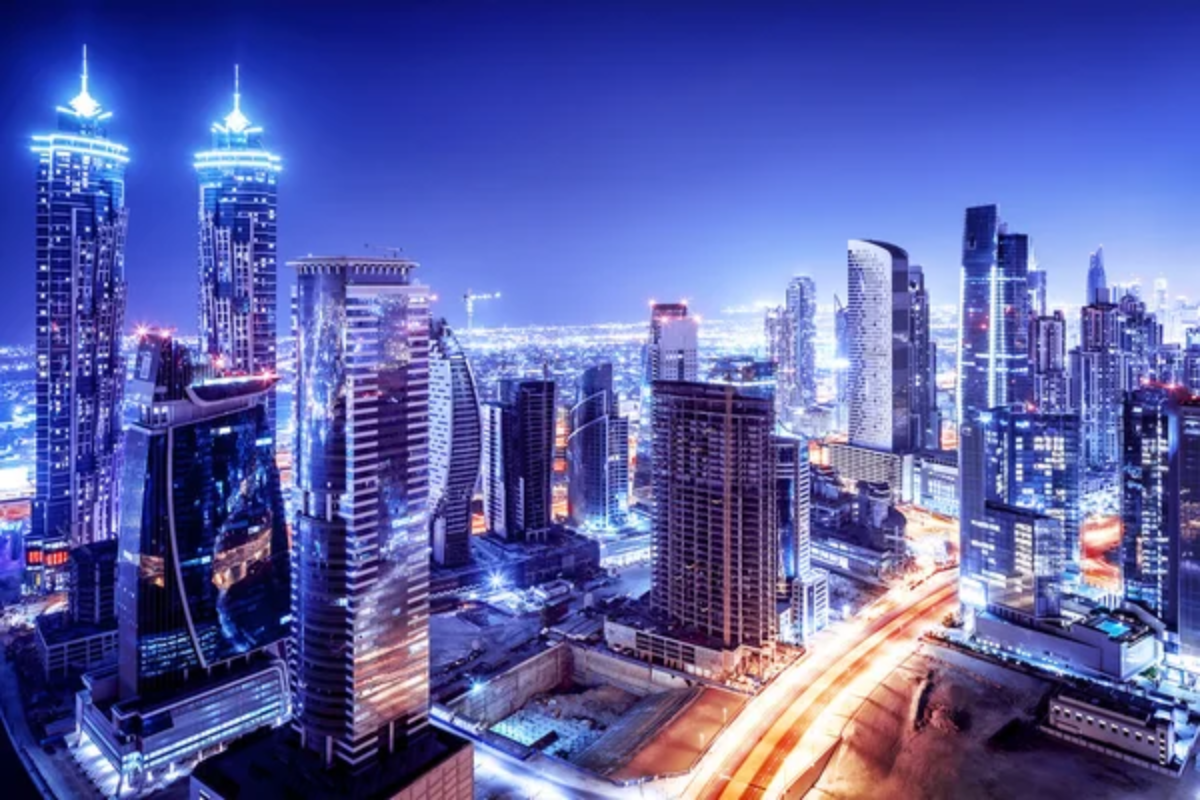Throughout history, certain urban environments have emerged not merely from practical necessity but from bold visions that transcended conventional thinking. These cities bear the unmistakable imprint of dreamers—individuals or collective movements that dared to imagine spaces reflecting idealistic principles, artistic sensibilities, or futuristic concepts rather than merely efficient function.
Whether planned meticulously from inception or organically evolved through persistent vision, these urban environments stand as physical manifestations of imagination made concrete, inviting visitors to walk through someone’s dream rather than merely another city. Here is a list of 17 cities that clearly emerged from the minds of dreamers rather than pragmatists.
Brasília, Brazil
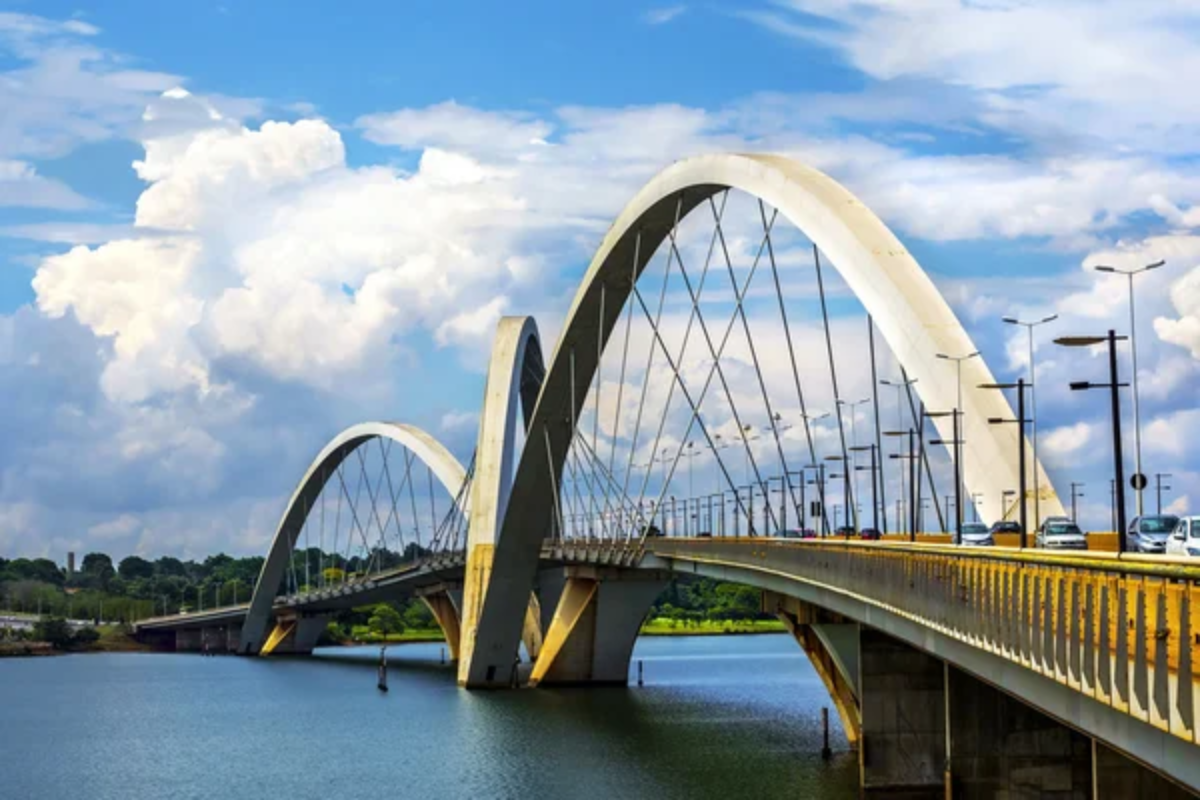
Conceived as a modernist utopia and built in just 41 months, this planned capital city emerged from architect Oscar Niemeyer and urban planner Lúcio Costa’s shared vision of a perfectly rational urban environment. The city’s airplane-shaped master plan features monumental buildings that appear to float above the landscape through engineering innovations that eliminate traditional support structures.
Residential sectors were designed as self-contained communities where different social classes would interact naturally, reflecting the creators’ utopian belief that architecture could fundamentally reshape social relationships.
Venice, Italy
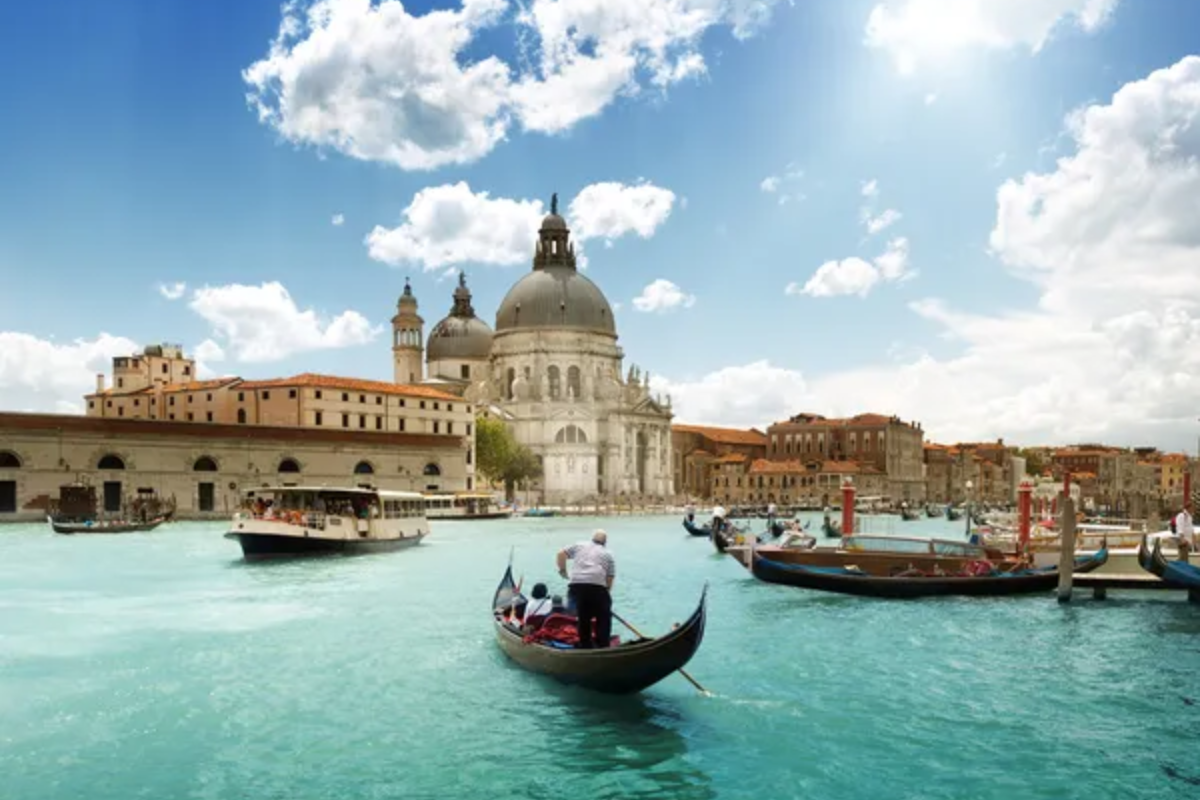
Perhaps history’s most audacious urban dream, this city built entirely on water required inhabitants to reject conventional foundations in favor of millions of wooden poles driven into lagoon sediment. The dreamers who created Venice reimagined transportation itself, replacing streets with canals and carriages with gondolas in a radical rethinking of urban movement.
Every building required innovations in construction techniques, while limited space forced the development of new architectural forms that maximized limited footprints through vertical development centuries before skyscrapers appeared elsewhere.
Like Travel Pug’s content? Follow us on MSN.
Chandigarh, India
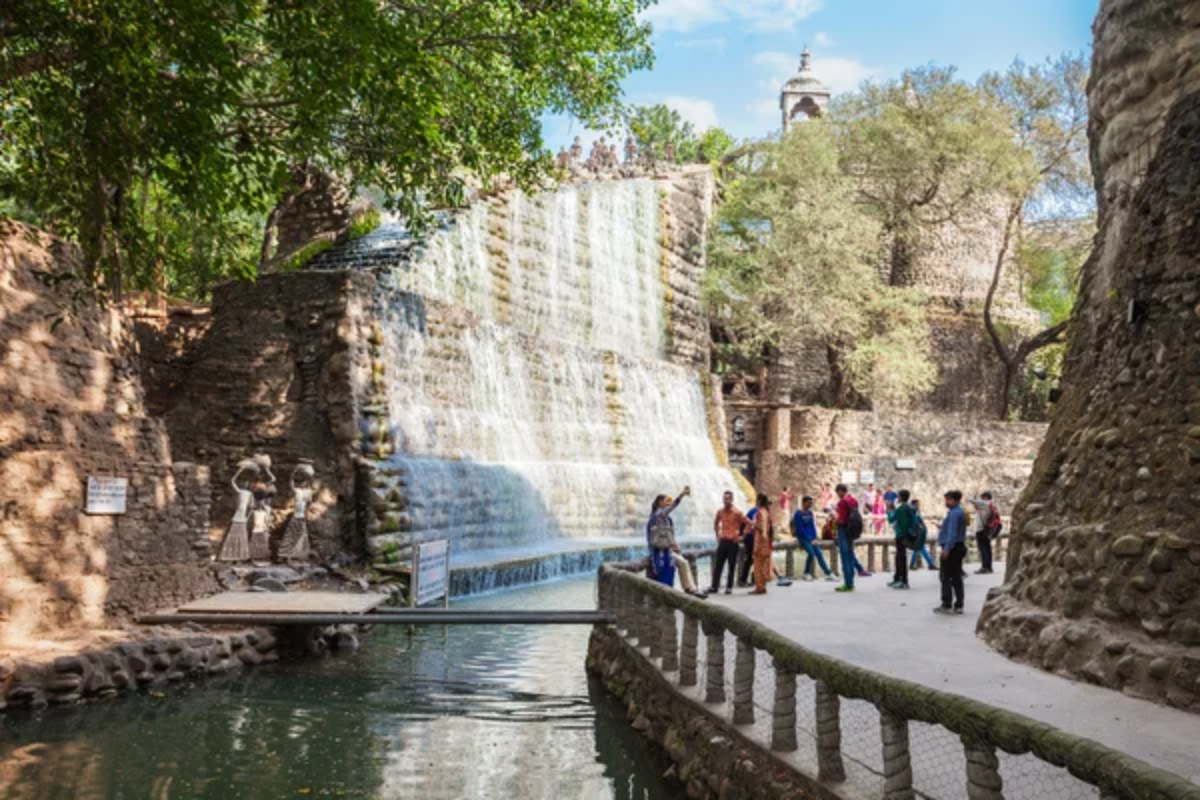
When legendary architect Le Corbusier received the commission to design a new capital for Punjab after the Partition of India, he viewed it as the ultimate canvas for his theories about urban design. The resulting city divided all human activities into distinct functional zones connected by an efficient transportation grid, with the Capitol Complex embodying his vision of monumental concrete architecture as a democratic expression.
Residential sectors were conceived as self-contained neighborhoods featuring carefully calculated amounts of sunlight, greenery, and community space based on his mathematical approach to human needs.
Dubai, United Arab Emirates
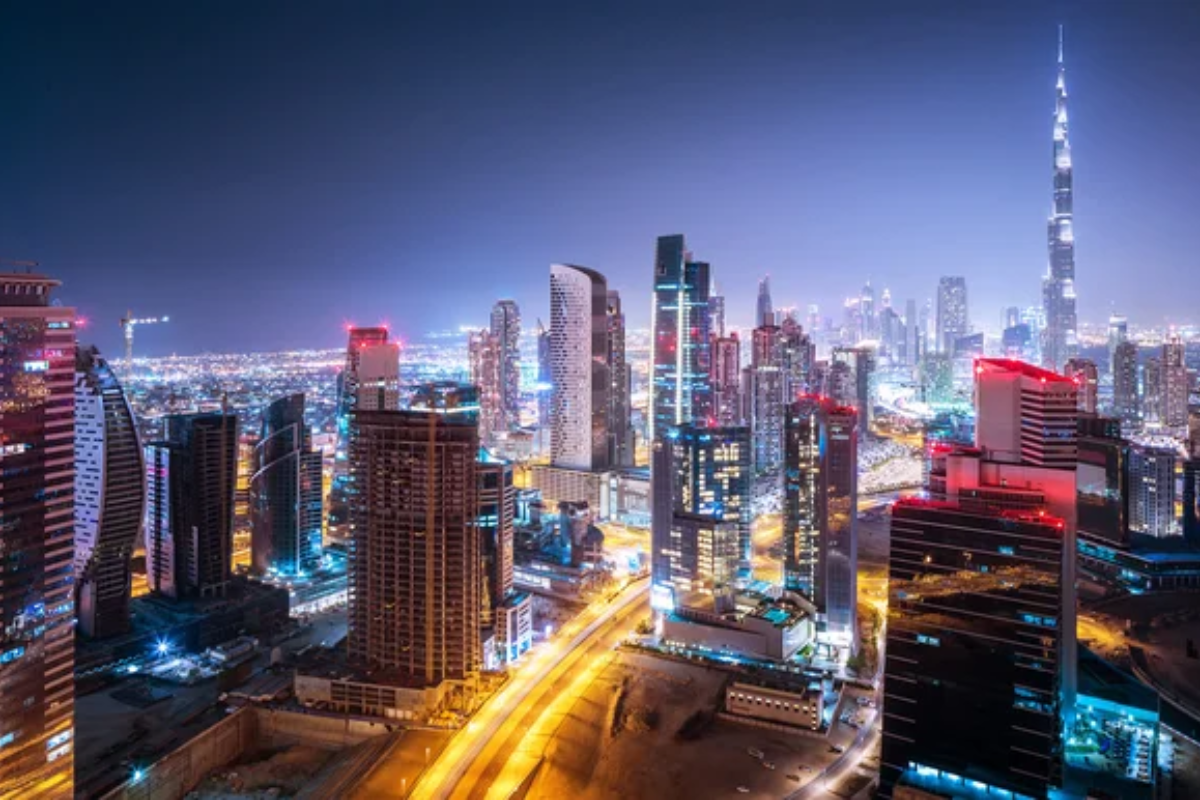
Rising from desert sands in mere decades, this city represents perhaps the most rapid manifestation of urban dreaming in human history. Visionaries transformed a modest trading port into a global showcase of architectural superlatives by repeatedly achieving what engineers initially deemed impossible.
The construction of artificial islands, the world’s tallest building, and indoor ski slopes in desert heat all required not just technical innovation but a fundamental rejection of conventional assumptions about urban development limitations and timelines.
Santorini, Greece
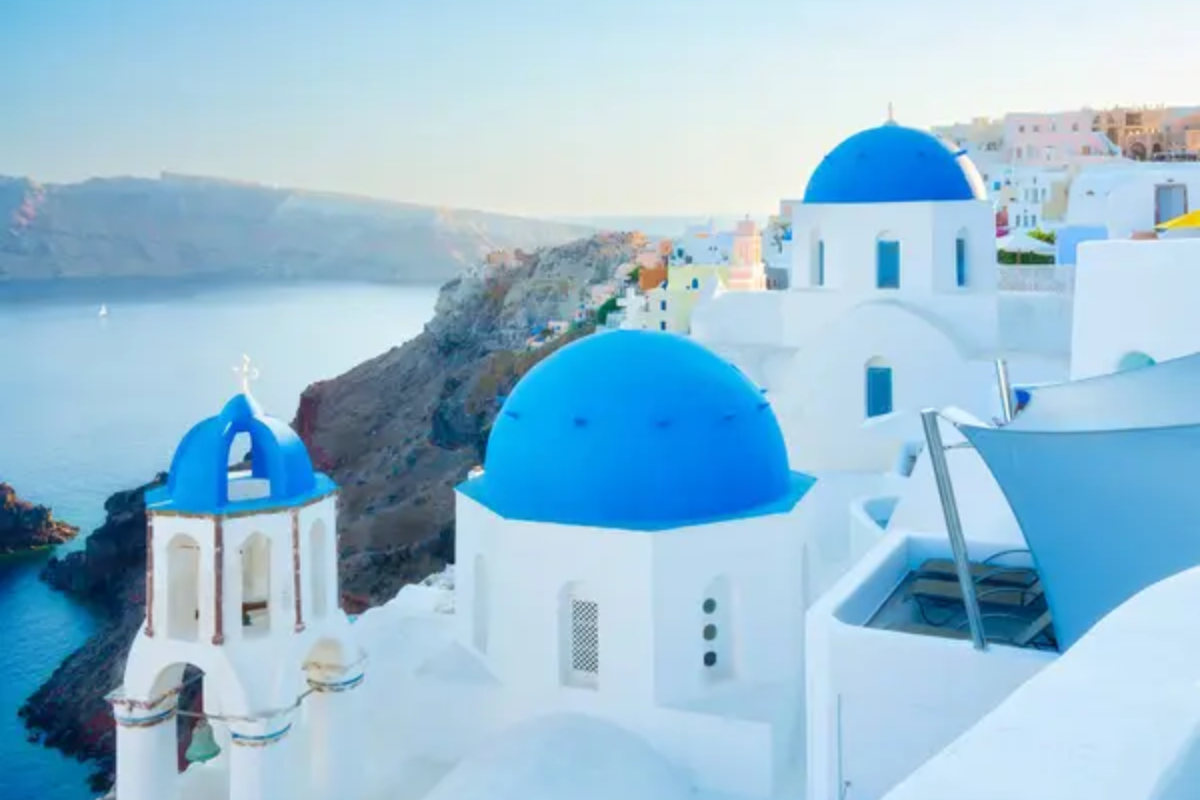
The inhabitants who rebuilt this volcanic island after the catastrophic eruption created a dreamscape of white structures cascading down black cliffs like frozen waterfalls. Their architectural vision transformed extreme geographical constraints into aesthetic advantage, developing building techniques that turned limited local materials into distinctive forms found nowhere else.
The harmonious whitewashed aesthetic achieved through a community-wide commitment to a shared visual language created an environment that feels designed as a unified composition rather than a collection of individual structures.
Like Travel Pug’s content? Follow us on MSN.
Singapore

This city-state represents perhaps the most comprehensive example of sustained urban dreaming, transforming from a developing nation to a futuristic showcase through the methodical implementation of increasingly ambitious master plans. Visionary leadership rejected the apparent limitation of minimal natural resources and space, instead creating artificial land while developing one of the world’s most innovative approaches to vertical greenery.
The resulting environment feels like walking through an optimistic science fiction novel where urban density coexists with lush gardens cascading down skyscraper facades.
St. Petersburg, Russia

Peter the Great’s determination to create a “window to Europe” produced a city that rose from uninhabitable swampland to rival the splendor of Western European capitals within his lifetime. The dream required not just architectural innovation but reengineering of the landscape itself through canals and filled marshland to create suitable building conditions.
The resulting planned city, with its perfect proportions and harmonious facades, represented the physical manifestation of Russia’s Westernizing ambitions, constructed at enormous human cost through imperial will rather than organic development.
La Paz, Bolivia
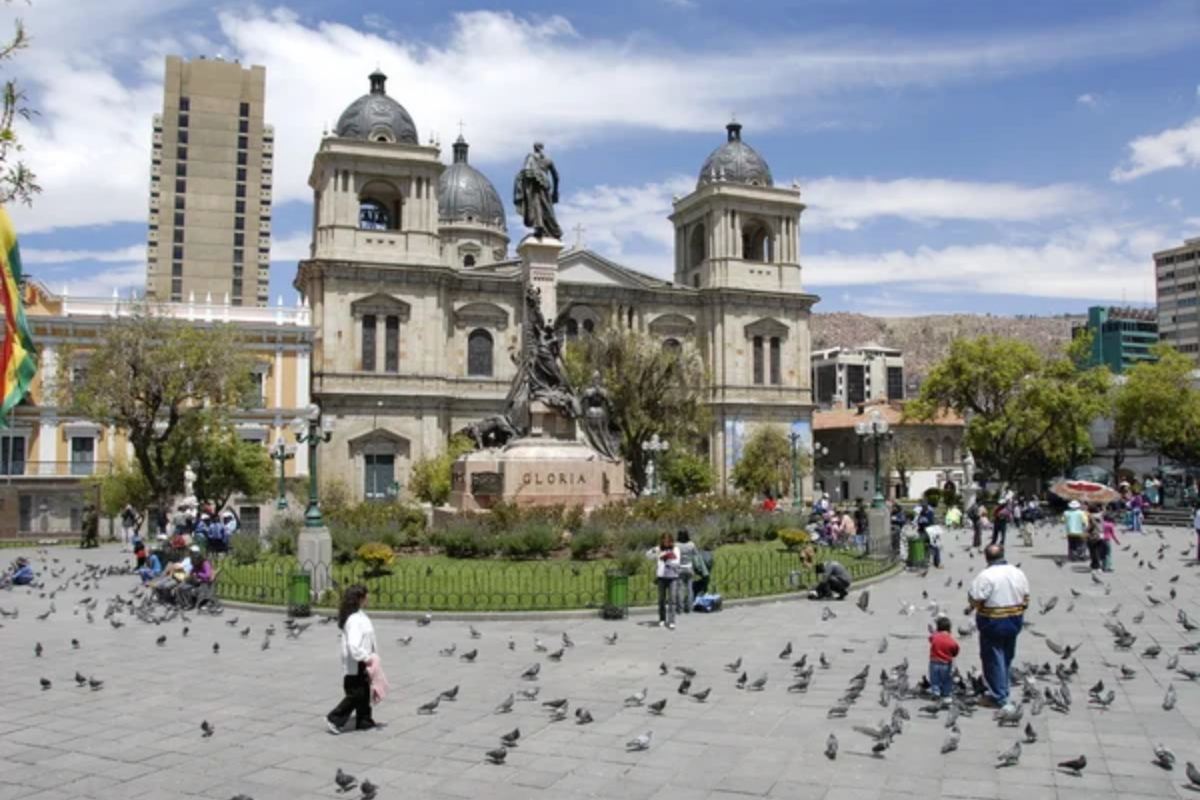
This breathtaking city built in the crater of a massive canyon demonstrates human determination to establish urban life in seemingly impossible settings. Indigenous builders created a vertical city long before elevators existed, developing construction techniques that allowed stable structures on precipitous slopes while adapting urban patterns to extreme topography.
Modern additions include an extensive cable car network that transformed commuting into an aerial experience floating above the urban landscape—a transportation solution born from necessity but achieving dreamlike beauty.
Like Travel Pug’s content? Follow us on MSN.
Barcelona, Spain
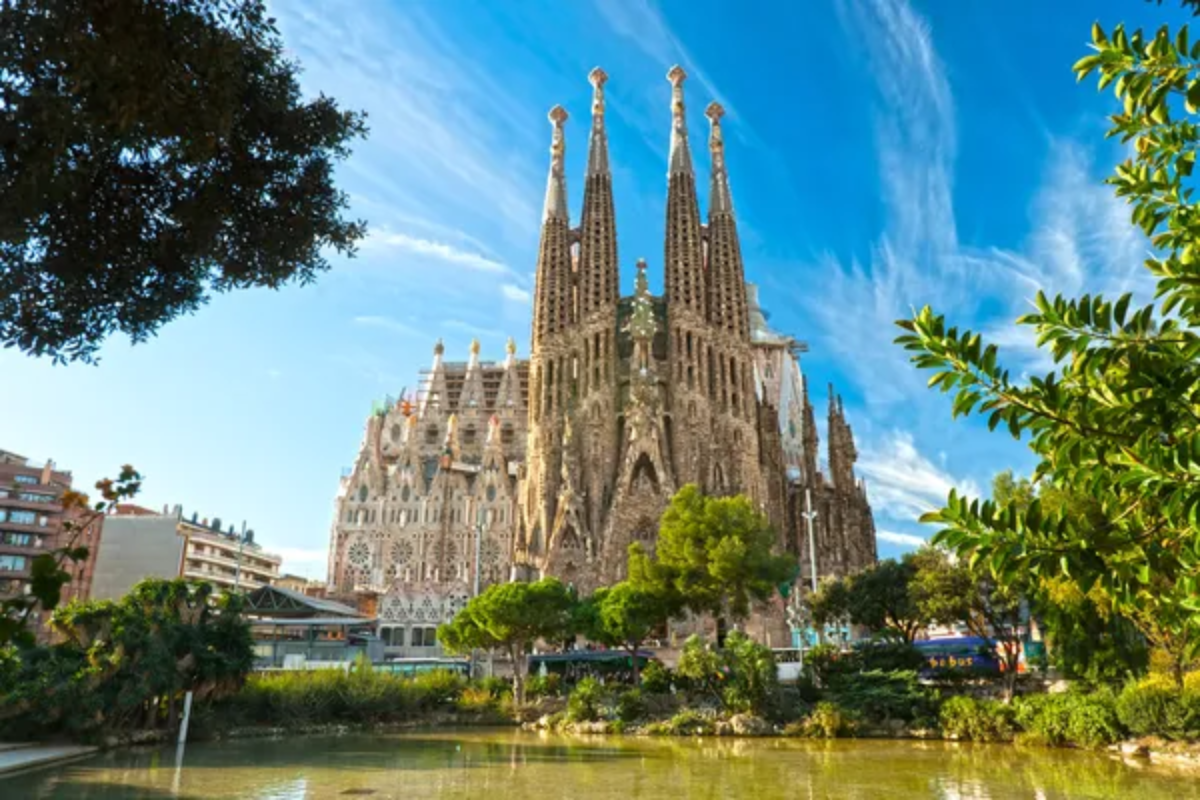
The distinctive grid pattern interrupted by diagonal avenues represents urban designer Ildefons Cerdà’s vision of perfect traffic flow combined with humane living conditions—revolutionary concepts in 19th-century urban planning. This framework later provided the canvas for Antoni Gaudí’s architectural fantasies that rejected straight lines in favor of organic forms inspired by nature.
The resulting cityscape combines mathematical precision with fantastic expression, creating an environment where rational planning and artistic imagination enhance rather than contradict each other.
Canberra, Australia
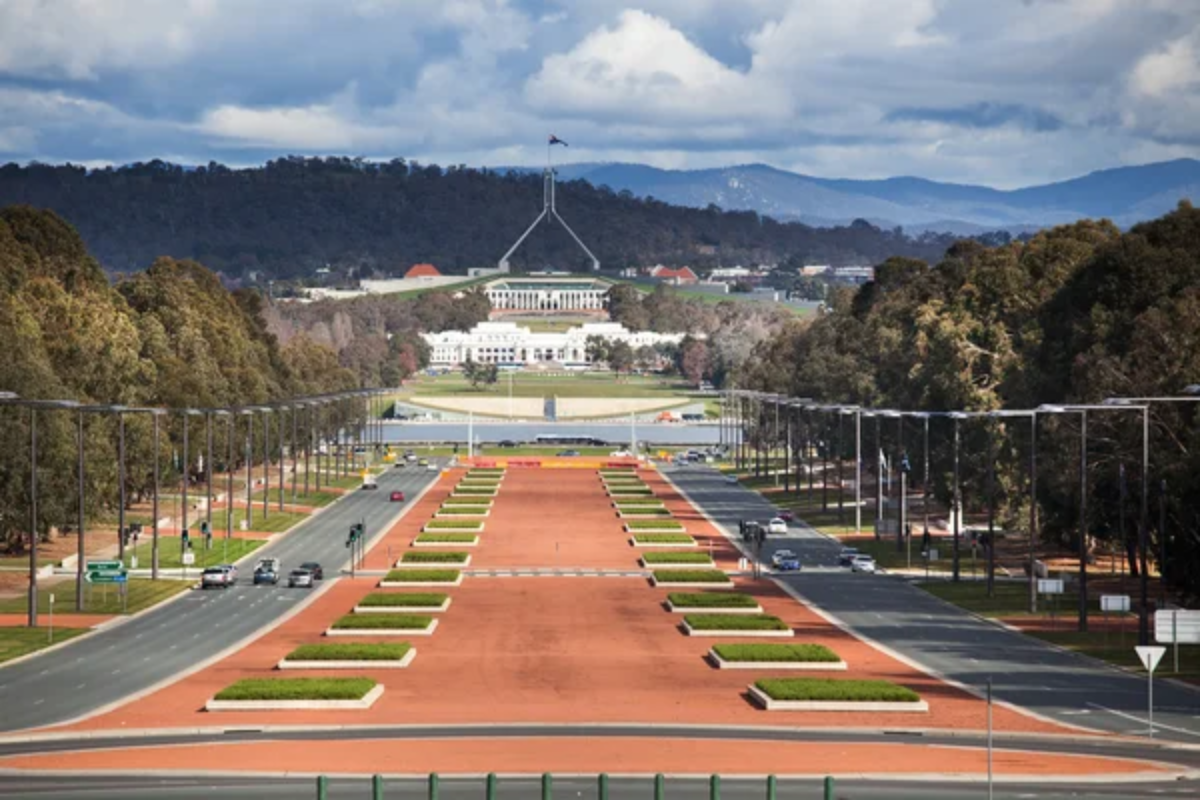
This purpose-built capital emerged from American architect Walter Burley Griffin’s competition-winning design that arranged government buildings around artificial lakes shaped to follow natural contours. The dream of a completely planned national capital incorporating abundant greenery represented the young nation’s aspirations for democratic governance harmonized with the natural landscape.
The careful alignment of monumental buildings along axes pointing to significant mountain peaks created symbolic connections between human governance and natural geography that are distinctive to Australian identity.
Chefchaouen, Morocco
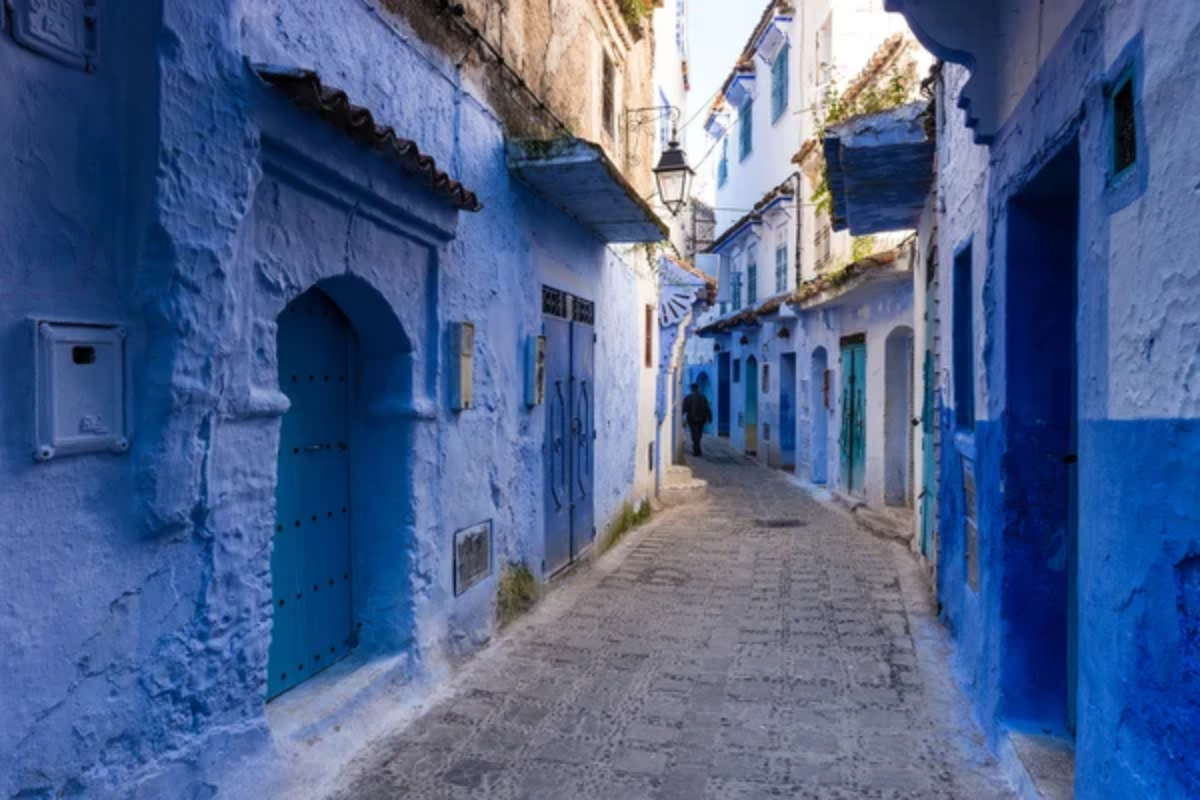
The inhabitants who began painting this mountain town various shades of blue created an immersive monochromatic environment found nowhere else on Earth. What began as religious expression tied to Jewish traditions of blue representing divine connection evolved into a collective aesthetic vision maintained across generations through community commitment.
The resulting environment transforms ordinary streets into dreamlike passages where visitors experience the psychological effects of complete color immersion against the contrasting Rif Mountains.
Like Travel Pug’s content? Follow us on MSN.
Auroville, India
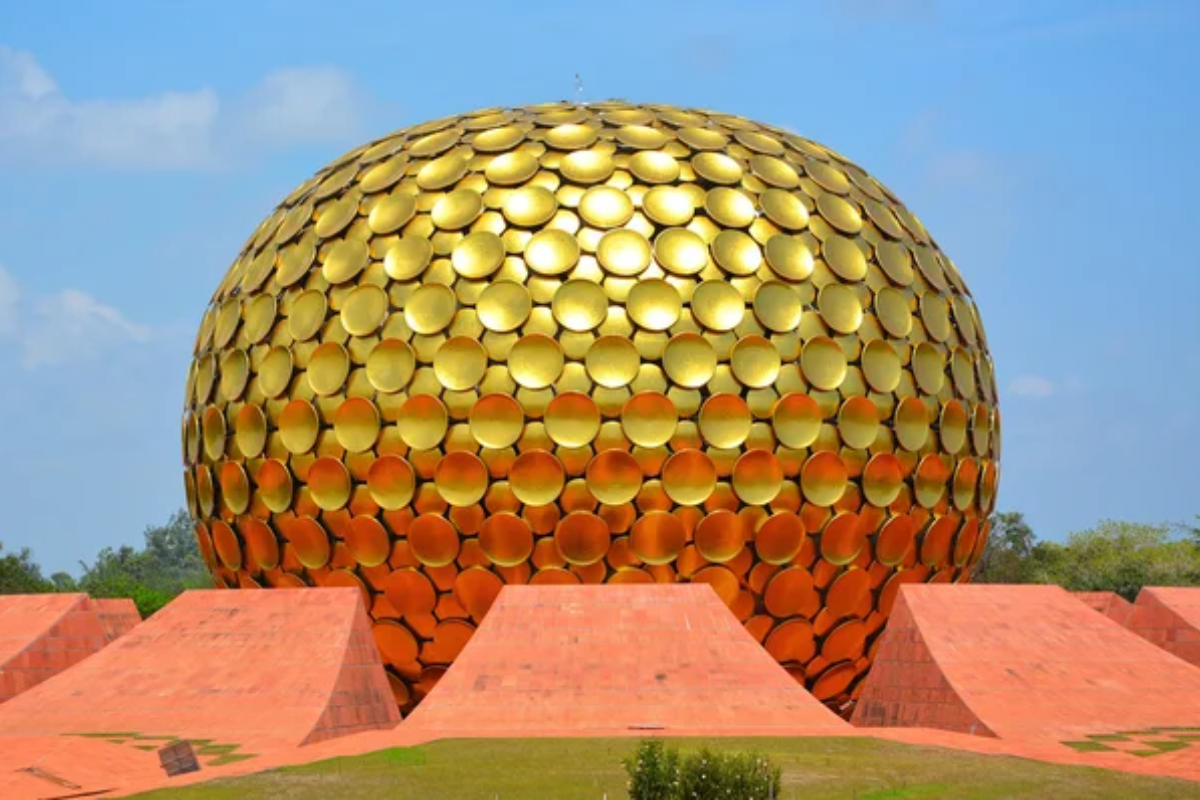
Founded in 1968 by spiritual leader Mirra Alfassa, this experimental township was conceived as a place “where men and women of all countries are able to live in peace and progressive harmony above all creeds, all politics, and all nationalities.” The urban plan follows a galaxy pattern with the striking golden Matrimandir meditation chamber at its center, surrounded by zones dedicated to different aspects of the human experience.
Ongoing development maintains a commitment to sustainable building practices while working toward the founder’s vision of a moneyless society dedicated to human unity.
Palmanova, Italy

This Renaissance-era planned city takes the form of a perfect nine-pointed star, representing period theories about ideal urban defense combined with utopian concepts of perfect social organization. The radially symmetric layout with a central plaza features a balanced placement of religious, governmental, and commercial buildings to create a harmonious civic life.
The dreamers who designed this mathematical city believed perfect geometric proportion would naturally produce social harmony—an early example of urban design aspiring to shape human behavior through the built environment.
Ibarra, Ecuador
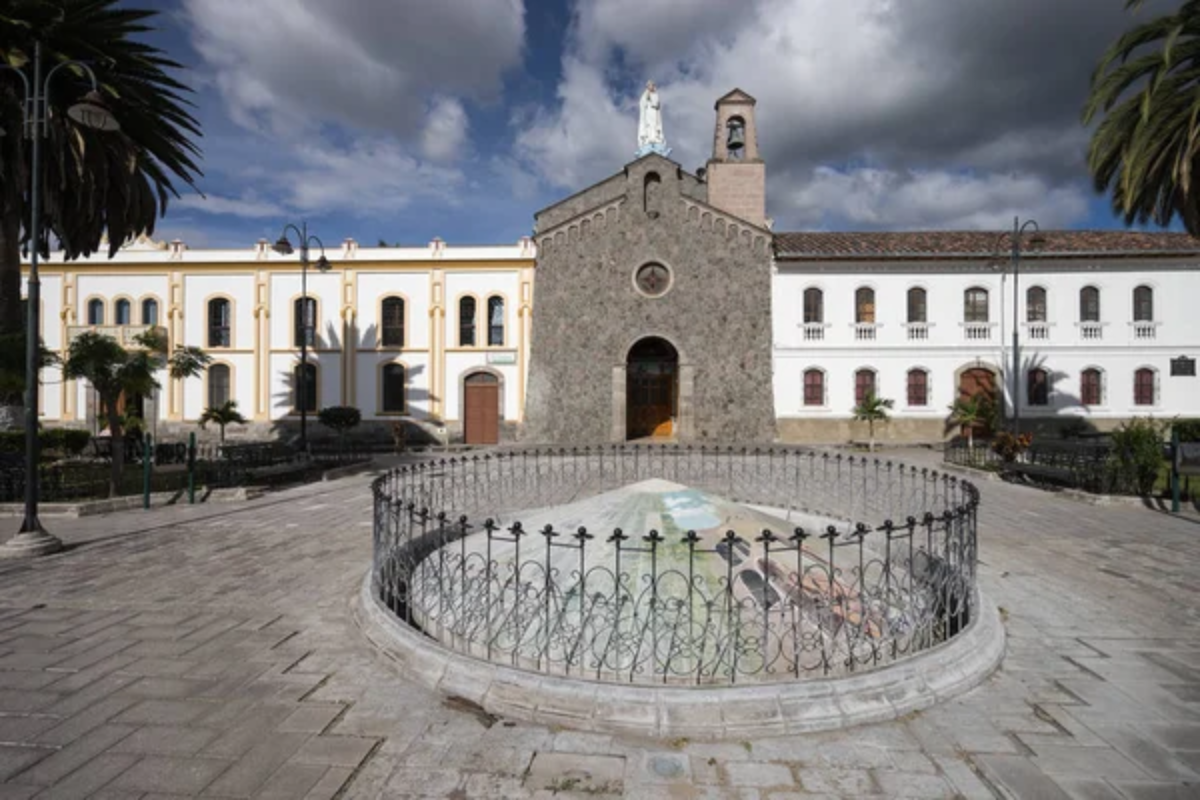
Rebuilt entirely after devastating earthquake destruction in 1868, this “White City” represents a collective dream of rebirth expressed through architectural cohesion. City planners seized the opportunity to reimagine urban space with wider streets and consistent neoclassical styling throughout the center, creating harmony impossible in cities that develop incrementally.
The whitewashed buildings with distinctive blue trim create a visual unity rarely achieved across multiple properties, demonstrating how shared vision following a disaster can produce extraordinary aesthetic consistency.
Like Travel Pug’s content? Follow us on MSN.
Supilinn, Estonia
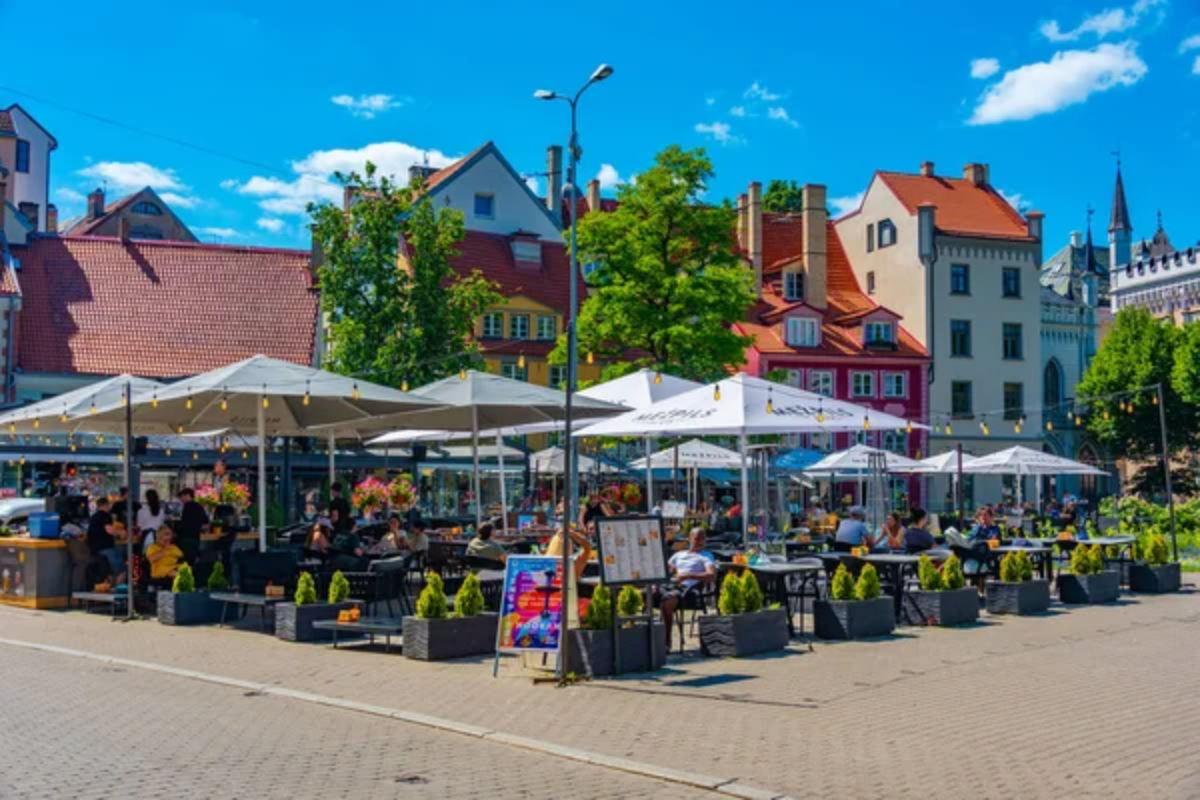
This former slum transformed through collective reimagining now stands as one of Europe’s most distinctive neighborhoods, with streets named after vegetables and a deliberately maintained character described as “shabby chic.” Residents fought against conventional urban renewal that would have replaced historic wooden houses with modern structures, instead embracing imperfection and organic development.
The neighborhood now represents the successful implementation of an alternative development dream where the preservation of the atmosphere takes precedence over conventional notions of improvement.
Arcosanti, Arizona
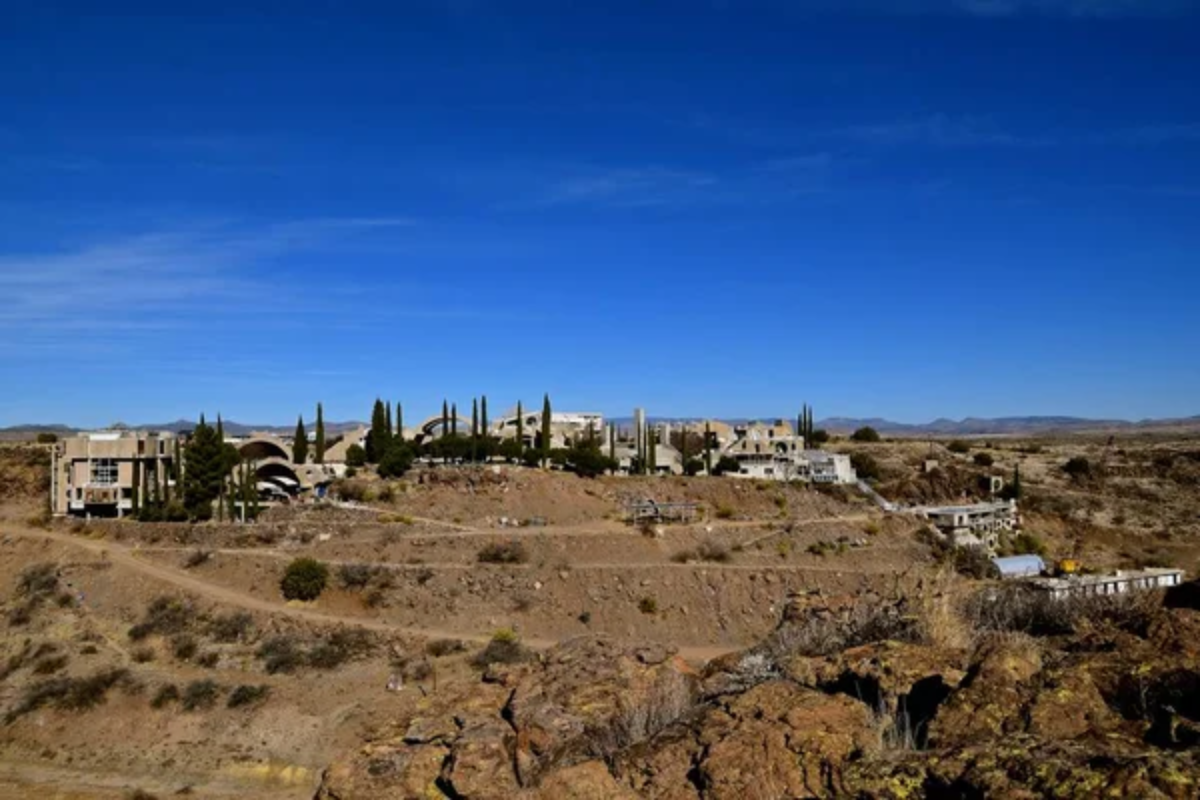
Architect Paolo Soleri’s “urban laboratory” represents perhaps the purest example of building to manifest philosophical principles rather than merely practical function. The ongoing project demonstrates Soleri’s concept of “arcology”—architecture coherent with ecology—through structures that maximize human interaction while minimizing environmental impact.
Though housing fewer inhabitants than its founder envisioned, the distinctive concrete structures emerging from the desert landscape stand as physical manifestations of alternative urban thinking that continue to influence sustainable design worldwide.
Portmeirion, Wales

This whimsical village represents one man’s architectural fantasy brought to life through decades of persistent building. Architect Clough Williams-Ellis created an Italian-inspired village on the Welsh coastline, incorporating salvaged buildings, architectural elements, and his fanciful designs into a cohesive environment that feels simultaneously familiar and otherworldly.
The resulting settlement—made famous as a filming location for the surrealist television series “The Prisoner”—demonstrates how personal vision can create entirely new environments without institutional support when pursued with sufficient determination.
Like Travel Pug’s content? Follow us on MSN.
Urban Imagination Realized
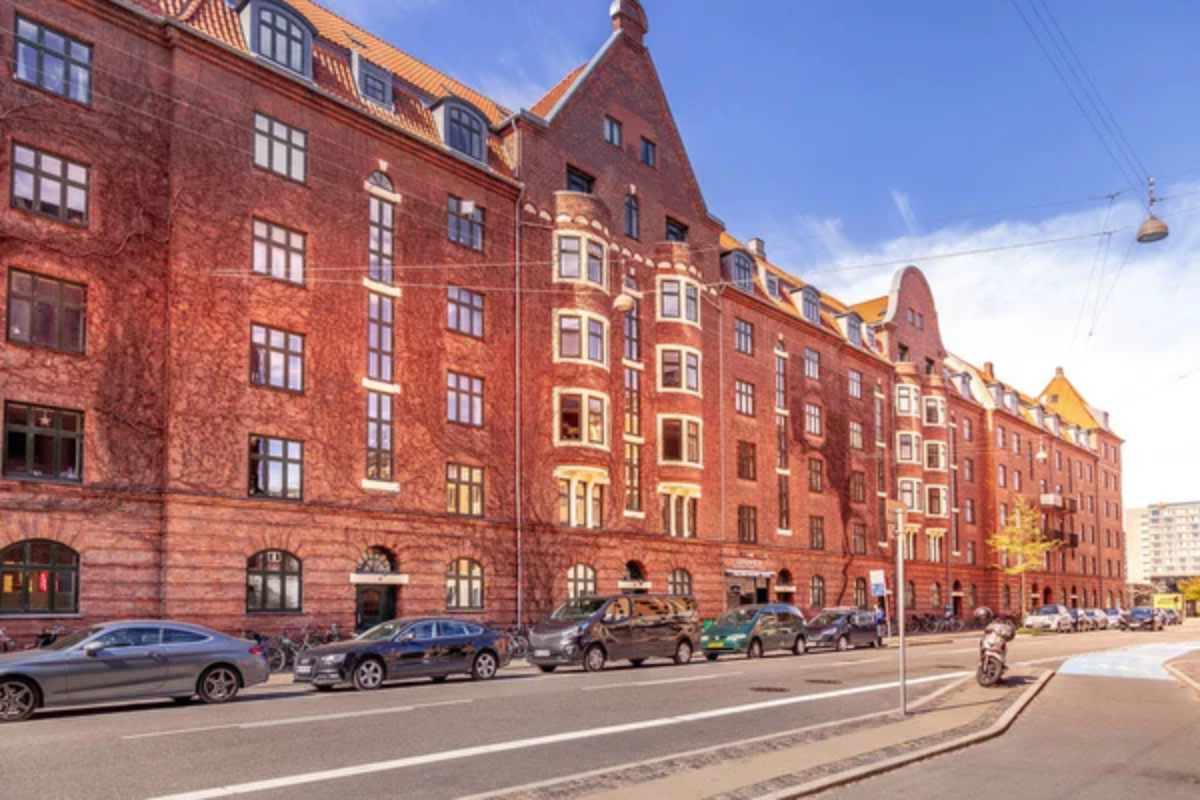
These cities remind us that our built environments need not merely solve practical problems but can embody aspirations, aesthetic principles, and alternative visions of collective life. The dreamers who created these urban spaces understood that cities shape their inhabitants just as surely as inhabitants shape cities—a reciprocal relationship where bold design affects the human experience at the most fundamental level.
While not all urban dreams prove practical or beneficial in execution, these examples demonstrate how imagination manifested through construction creates spaces that continue inspiring visitors and residents alike long after their original dreamers have departed.
More from Travel Pug

- 20 Towns Built for One Purpose That Were Later Abandoned
- 15 Hidden Spots in Disney World’s Magic Kingdom Most Visitors Miss
- 20 Once-Popular Beach Towns That Are Now Ghostly Empty
- 15 Canyons in the U.S. That Are Just as Stunning as the Grand Canyon
- 10 Under-the-Radar Mountain Towns That Are Both Affordable and Beautiful
Like Travel Pug’s content? Follow us on MSN.
